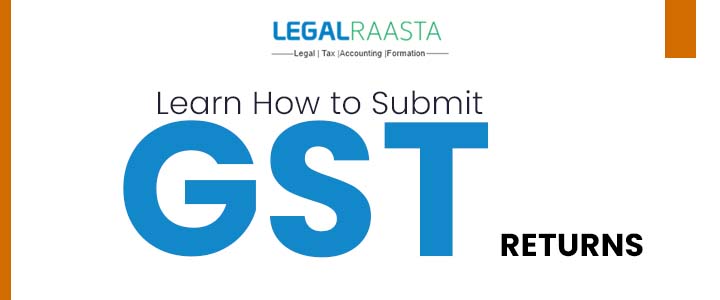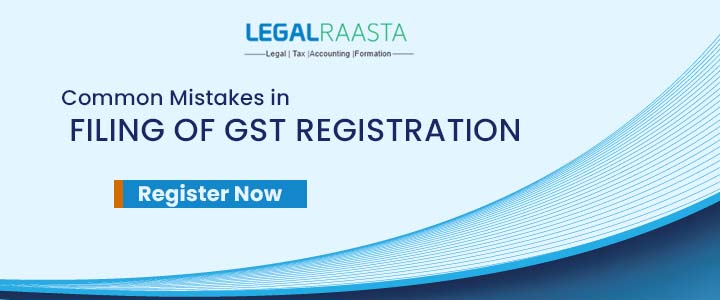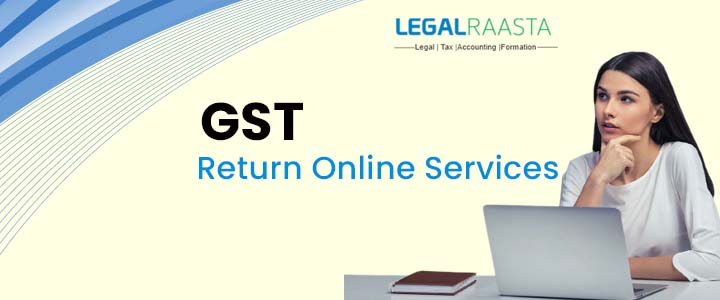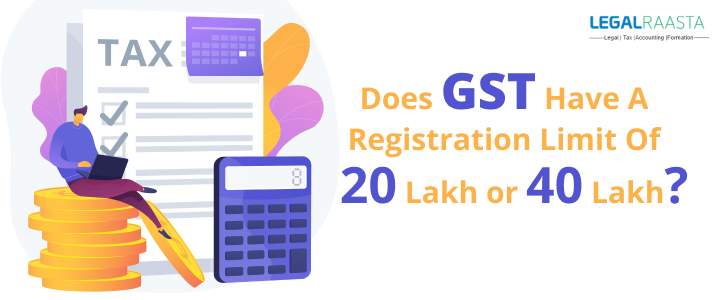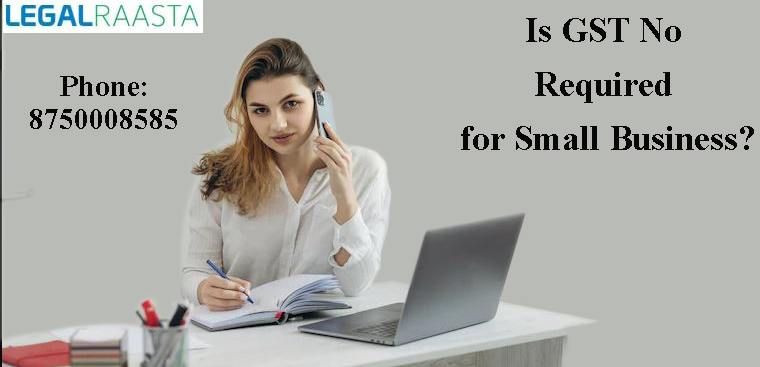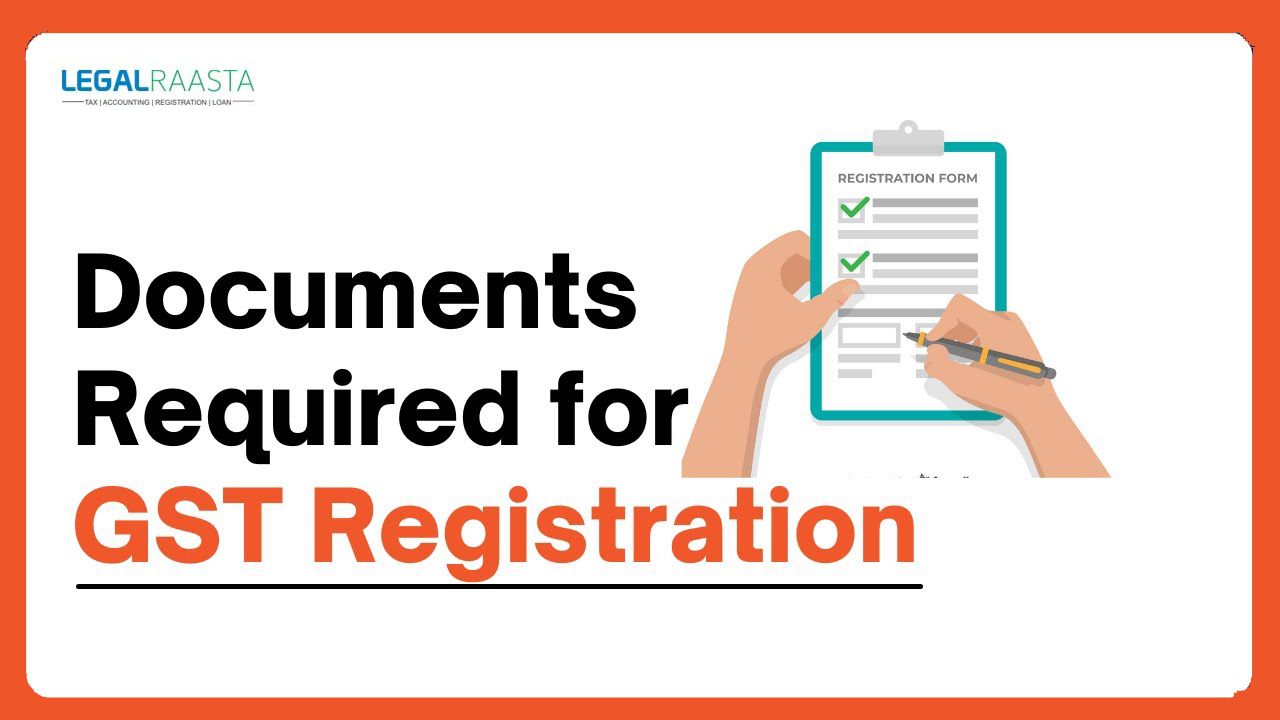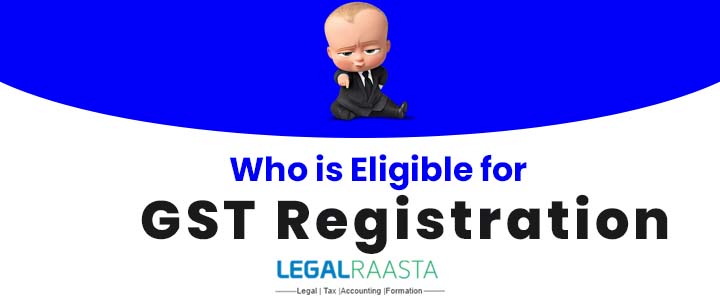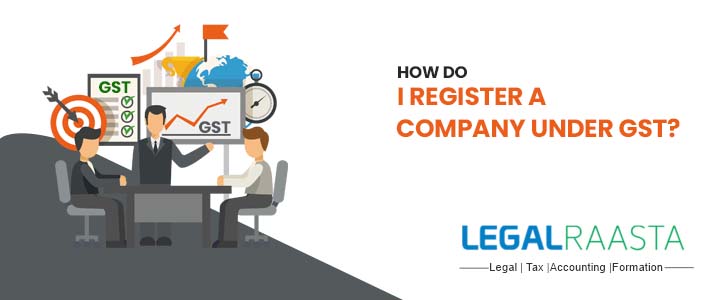Learn How to Submit GST Returns
GST is an indirect tax that covers all other taxes under its purview. The GST is a comprehensive tax that is applied to every step of the purchasing transaction. With the implementation of GST registration, several distinct indirect taxes in India were intended to be replaced by a single taxation system. In this blog, we explore the quarterly returns with monthly payment (QRMP) scheme for GST registration and seek advice from LegalRaasta.
History of GST
A plan and a framework for the GST were required from the Empowered Committee of State Finance Ministers (EC), which had developed the State VAT structure. The European Commission (EC) published its First Discussion Paper (FDP) on GST in November 2009 after discussions inside the organization and with the Central Government.
Also Read – Import Export Code Registration
The FDP served as a blueprint for the current GST laws and regulations and outlined the characteristics of the proposed GST. Businesses that provide goods and services must also contribute their fair amount of GST.
The GST eliminates the cascading effect of indirect taxes while also combining a number of separate central and state indirect taxes to provide more revenue for the government. Thus, register for GST as soon as possible with the help of LegalRaasta, a GST registration consultant.
Who all applies for the QRMP scheme?
All taxpayers who have already submitted their final due Form GSTR-3B return and have an aggregate annual turnover (PAN based) of up to 5 Crore in the current fiscal year and the fiscal year prior (if applicable) are eligible for the QRMP programme for GST registration.
If your total annual revenue (determined using your PAN) for FY 2021–22 and the current fiscal year is up to Rs 5 crore and you have submitted your GSTR-3B form by at least 20th for the month of 2022, the GST system will assign you to the QRMP scheme. So get in touch with LegalRaasta if you wish to apply for a GST number.
What prerequisites must a taxpayer meet in order to choose the QRMP scheme?
A taxpayer must meet the following prerequisites in order to choose the QRMP scheme:
- The taxpayer must be opted out of the composition scheme or registered as a regular taxpayer.
- The taxpayer’s user ID and password must be current in order to register for GST.
- Up to 5 Cr. is the Annual Aggregate Turnover (AATO) for the current and prior fiscal years (where applicable).
- The most recent tax period’s Form GSTR-3B return has been submitted.
- For the relevant period, no data has been saved in Form GSTR-1 on the portal.
How can I fill out the paperwork to change my profile for the GST registration’s quarterly return and monthly payment (QRMP) scheme?
Follow these steps for GST registration online to modify or choose the Form GSTR-1 and Form GSTR-3B filing frequency under the Quarterly Return and Monthly Payments (QRMP) scheme:
1) Go to the URL www.gst.gov.in. It shows the GST Home page. Select the Opt-in for Quarterly Return checkbox under Services > Returns.
2) Then the page for opting in for quarterly returns appears. Select the year you want to change the filing frequency for from the Financial Year drop-down list, then click the SEARCH button on the GST Registration Online page.
Also Read – Is GST Registration Mandatory for company
3) If you want to apply for a GST number, the following information is shown on the screen.
- Quarter: It provides a list of the four quarters for the chosen fiscal year.
- Selected Frequency: It shows the choice between monthly and quarterly for the quarter. Quarters that are available for selection are marked in grey, while those that are not are highlighted in green with a SAVE button. Only the first quarter of FY 2021–2022 will be available for selection; the other quarters will not be.
- Result: Places the SAVE button next to the quarter for which the choice is appropriate.
- Choice made available: Shows the precise dates in the quarter that the choice is made accessible from.
- Form GSTR-1 and Form GSTR-3B return due dates is shown: It shows the applicable return due dates for the first, second, and third months of a quarter.
4)You can click the continue to returns dashboard button to execute any action in the return’s dashboard, such as refer to Form GSTR-1 or Form GSTR-3B.
5)The taxpayer’s Annual Aggregate Turnover (AATO) for the prior fiscal year is shown.
6)To access the advice pertaining to the QRMP scheme in PDF format, click the Advisory button. You can view the help for this page by clicking the Help button.
7)To switch the frequency of filing to monthly or quarterly, choose the radio choice for the appropriate quarter, then click the Record button to save your preference on the GST registration website.
8)There is no option to choose quarterly return filing for taxpayers whose Aggregate Annual Turnover (AATO) is larger than 5 Cr. The filing choice will be monthly only.
9)The screen shows a confirmation message. Choose the OK option. A success message that verifies a successful profile change to the chosen filing frequency is shown. Choose the OK option.
10)The Opt-in for Quarterly Return page is displayed when the OK button is clicked. The SAVE button is deactivated, the screen appears, and the filing frequency has been set.
11)An email and SMS are sent to the taxpayer’s primary authorized signatory after the taxpayer chooses to participate or not in the QRMP scheme.
12)To access the returns page, click the continue to returns dashboard button.
13)You can click on the link on the GST registration online website if you are Micro, Small, or MSME and would like to express interest in receiving a Mudra Loan up to Rs10 Lacs or MSME Loan up to RS 5 crore.
14)To share your information with the Department of Financial Services, complete the consent form and press the SUBMIT button. The message that follows will then be shown. To return to the Returns dashboard for GST registration, click the CLOSE button.
LegalRaasta is a GST registration consultant that you can speak with if you are having any issues filing your GST.
Conclusion
You will learn the fundamental steps involved in filing a GST return in this blog post, along with all the prerequisites. The Quarterly Returns with Monthly Payment (QRMP) Scheme enables qualifying taxpayers to file Forms GSTR-1 and GSTR-3B on a quarterly basis while making monthly challan payments for their tax obligations.
The Goods and Services Tax (GST) is an indirect tax that is paid when purchasing goods or services for consumption. It is a value-added tax applied on services.
We sincerely hope you enjoyed our blog and that you will share it on other social media sites. If you are interested in GST, please get in touch with LegalRaasta, a GST registration consultant.

